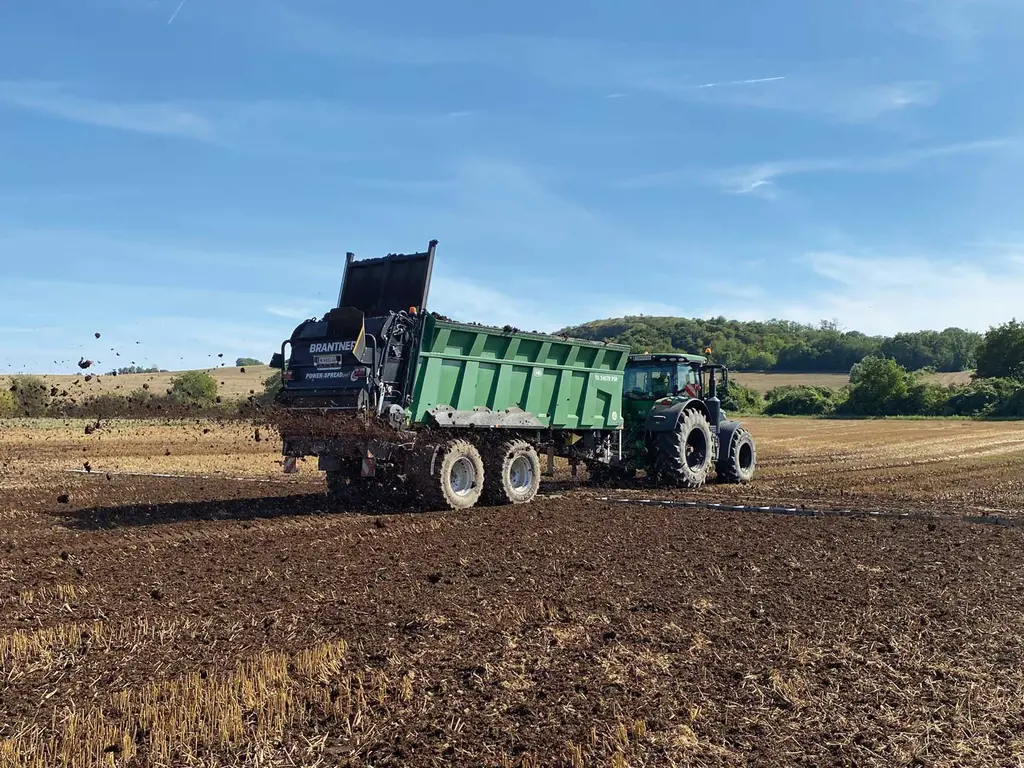Kyrgyzstan's agriculture - post-Soviet heritage in Central Asia
"There is still much need for development."
Since its independence from the USSR on 31 August 1991, Kyrgyzstan, the least populous of the five Central Asian countries with its capital Bishkek, has been undergoing a process of transformation. In addition to socio-political change processes, which made the country shine as an "island of democracy" primarily in the first years after independence, agriculture has naturally also undergone major changes. With the collapse of the USSR, the approximately 500 kolkhozes and sovkhozes that existed in Kyrgyzstan disintegrated - as in all former Soviet republics. Today, about 85 % of agricultural production comes from private farms. However, agriculture continues to have a strong influence on many parts of the country and has a decisive impact on the economic and social stability of the country. This is underlined by the fact that agriculture accounts for 18 % (2021) of the gross domestic product and that about 40 to 50 % of the labour force is employed in agriculture.
As a premise for the situation on the ground, it is important to note that 90 % of Kyrgyzstan's land area is above 1 500 m and mountainous. This can be seen - analogous to the situation in the Alps - as the main reason why 87 % of the agricultural land is pasture land. Grazing livestock was omnipresent throughout the trip, with horse keeping having a prominent and deeply rooted part in the country's culture, which was strongly nomadic until 1933. Unlike in Europe, the mares in Kyrgyzstan are milked up to six times a day and produce daily milk yields of up to 10 litres. Besides horses (700,000), sheep (10 million, mainly fat-tailed sheep) are still very important, followed by dairy cows (1.2 million) and occasionally yaks. Husbandry is very extensive, and the problems of overgrazing could be traced with one's own eyes at several places and altitudes in the country from a forage and geobotanical perspective. Irrespective of this, the summer pastures (Kirg. Dshajloos) in particular have an almost indescribable beauty and richness of species, which together with the warmth of the people will remain in deep memory. For many semi-nomadic families, the semi-state grassland continues to be the basis of their existence. The products obtained from grazing by horses and ruminants and their marketing still form the basis of their income.
In the arable regions of the country, the loess-based soils (depending on the climate, pararendzines, brown soils, black soils) offer a very promising basis for good yields. Due to the negative water balance, canals and irrigation systems have been built in many places. In the Chuj basin in the north of the country, more than 300,000 ha of arable land could be made usable in this way. Wheat, maize, potatoes, sugar beet and vegetables are the main crops grown in the country, as well as cotton and tobacco in the south. Only in the case of cereals is the degree of self-sufficiency around 100 %. The barley and wheat stocks around the country's largest lake, the Issyk Kul (north-east), nevertheless only had yields of 2 to 3 t/ha this year; the long-term average is only slightly higher. Apart from the potential lack of water in some places, this is due to the lack of and insufficient use of inputs (diesel, mineral fertilisers, pesticides and modern varieties). However, the lack of expertise among farmers can be seen as the overriding and primary reason. Experiences and discussions have revealed that there is a lack of structures for knowledge transfer and advice, as we know and appreciate them in Germany.
For example, there is a Kyrgyz counterpart to the Descriptive List of Varieties, which lists a total of 185 plant breeders (including Western ones) with a broad portfolio. However, in practice, due to a lack of knowledge about the advantages of modern varieties, practitioners often fall back on old Soviet varieties and also propagate them. The yield progress of systematic plant breeding over the last 30 years is thus missing on the land. The majority of the (agricultural) infrastructure must be assessed in a similar way: by far the largest part still originates from the former USSR, whereby today people generally live off the substance. Genuine modernisation and investment are lacking in the parts of the country we visited. My personal impression is that there is still a lack of courageous individual entrepreneurial investments and visionaries in the country, because society simply did not know any different for a very long time. However, a positive counter-example is a state-of-the-art feed plant near Bishkek, which can solve the country's feed shortage and tend to make animal nutrition more demand-oriented.
The cultural and natural areas of Kyrgyzstan are facing major challenges in the future. The enormous importance of the glaciers and the resulting sufficient water supply for large parts of the country is threatened by the above-average temperature increase in this region due to climate change. This makes it all the more important to proactively shape the future in a solution-oriented manner and with the necessary innovations and investments. The words of the best-known Kyrgyz writer, Chingiz Aitmatov, can and should be a guide and encouragement for us and our Kyrgyz colleagues in our daily work: "Man must become man anew every day.
The expedition was offered by the non-profit organisation "Institute for Ecology and Rural Studies" based in Bishkek. Details at: https://institute-ers.org/
















